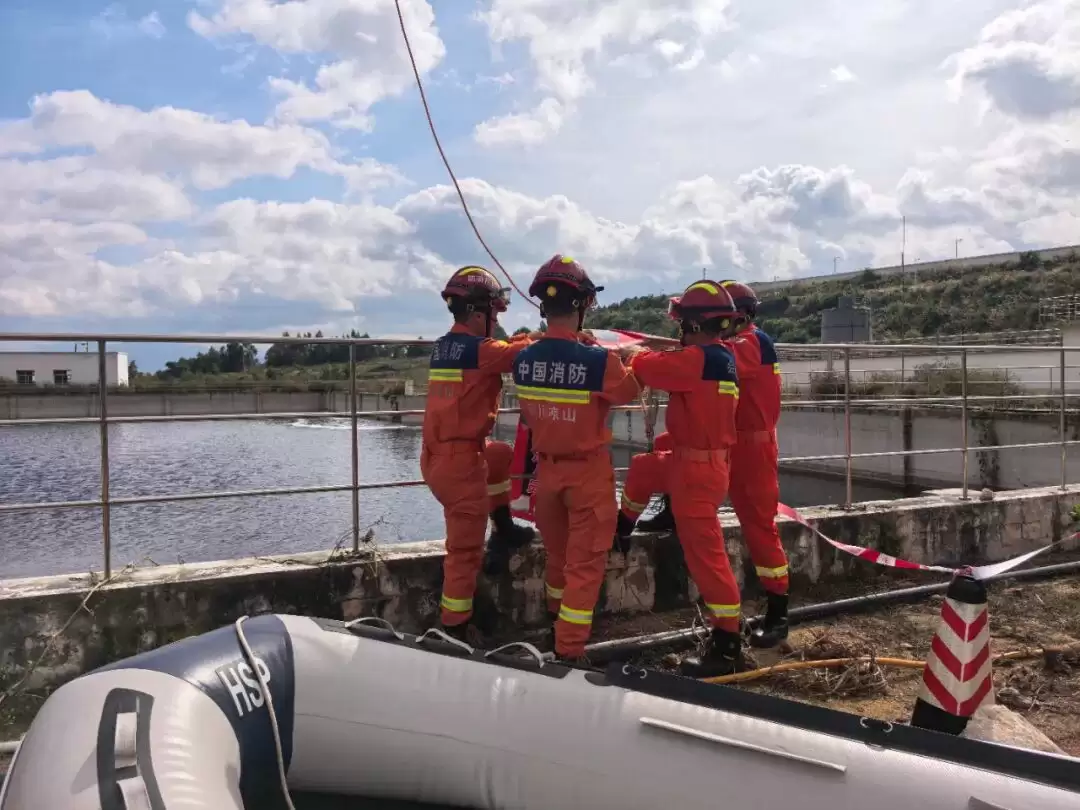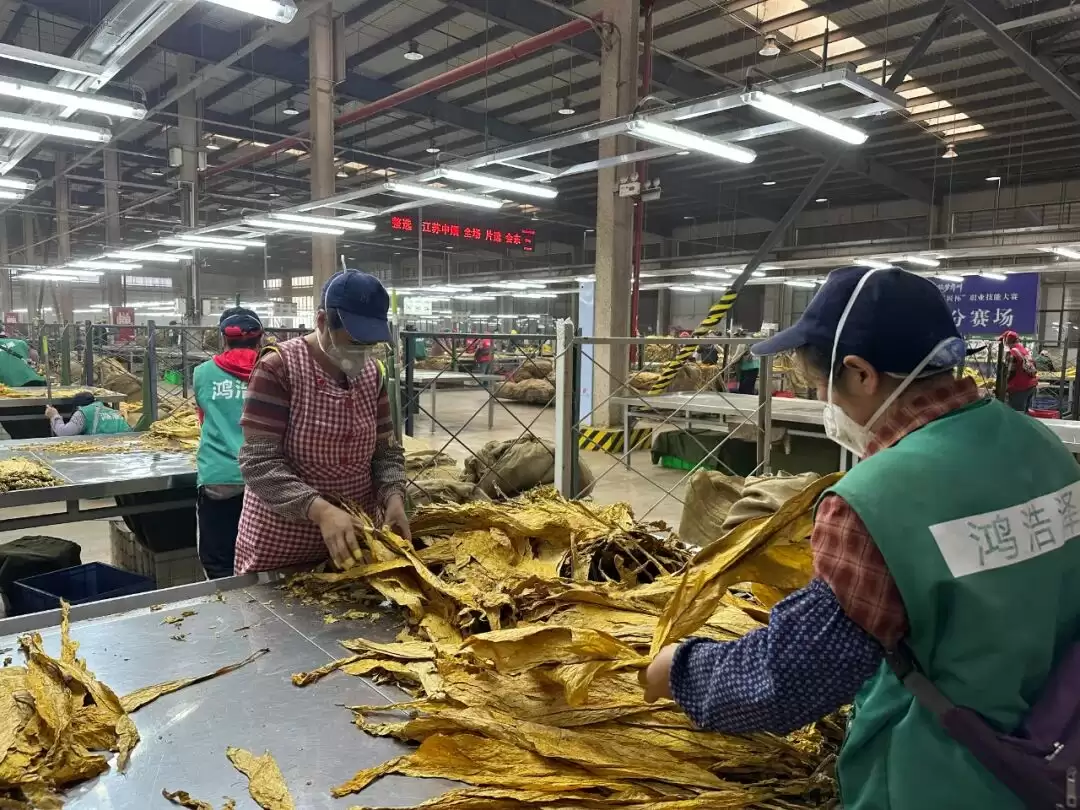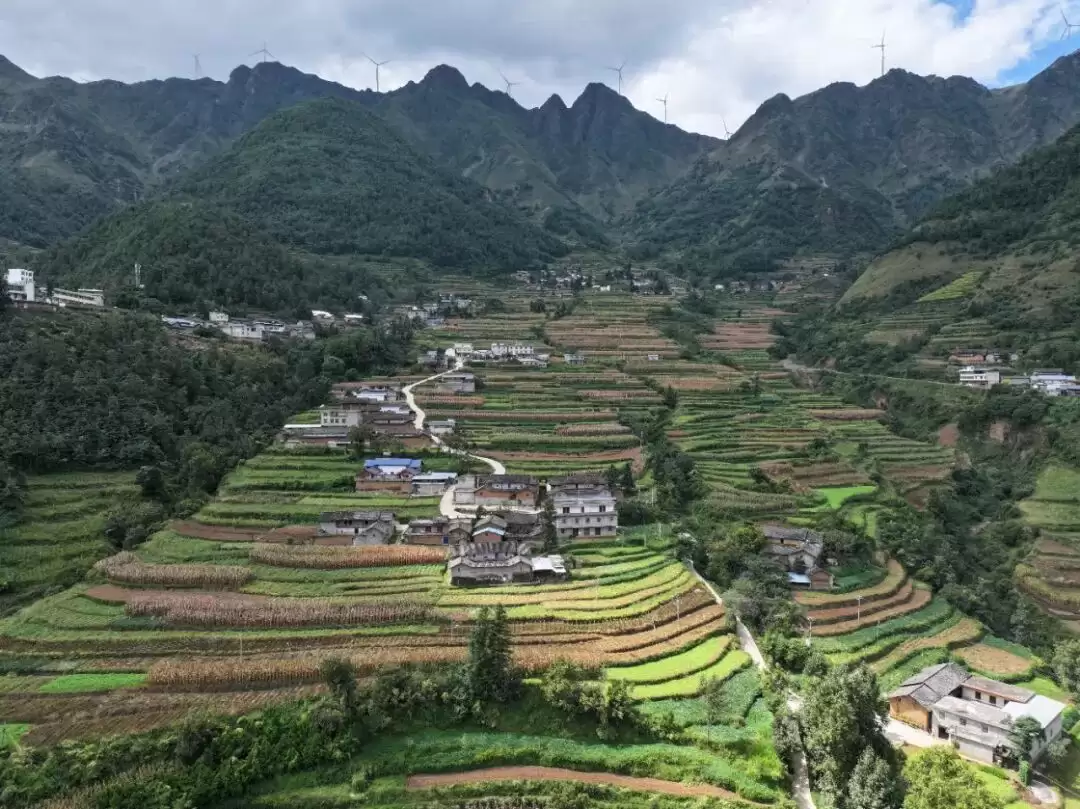The Muli County fire incident has drawn significant attention to wildfire risks in mountainous regions. As authorities investigate the blaze, several critical questions emerge regarding fire prevention, emergency response, and ecological impact in this ecologically sensitive area of Sichuan Province.
What Sparked the Muli County Wildfire?
Initial reports suggest the Muli County fire may have originated from natural causes, possibly triggered by lightning strikes during dry weather conditions. However, human activities cannot be ruled out as potential contributing factors. The region’s dense forests and dry vegetation created ideal conditions for rapid fire spread, exacerbated by strong seasonal winds common in the area.
Local firefighting teams faced extraordinary challenges containing the Muli County fire incident due to the rugged terrain and limited access roads. The remote location hampered both ground crew deployment and aerial firefighting efforts, raising important questions about emergency preparedness in similar high-risk zones.
Ecological Consequences and Recovery Efforts
The Muli County wildfire has undoubtedly caused substantial ecological damage to this biodiversity hotspot. Conservationists express particular concern about the fire’s impact on endangered species habitats and watershed protection forests. The incident highlights the delicate balance between forest conservation and necessary fire prevention measures in protected areas.
In response to the Muli County fire, authorities have implemented stricter monitoring systems and public awareness campaigns about fire risks during dry seasons. Improved early warning mechanisms and community-based fire prevention programs are being developed to reduce future wildfire threats in the region.
Lessons for Future Wildfire Prevention
The Muli County fire incident serves as a sobering reminder of nature’s destructive power and the importance of proactive forest management. Experts emphasize the need for comprehensive risk assessment, improved firebreak networks, and enhanced coordination between local communities and emergency services. As climate patterns change, developing adaptive strategies for wildfire prevention becomes increasingly crucial for mountainous regions like Muli County.

















